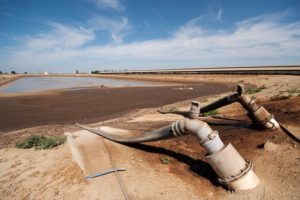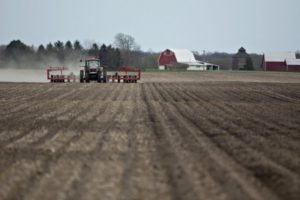Not all Beef is bad. “Healthy Grass & Cropland”, “Healthy Grassland” or “Healthy Silvopasture” systems can be very eco-friendly, especially if the cattle diet is supplemented by 2% with a species of red algae called Asparagopsis taxiformis. Good management practices are key.
–Union of Concerned Scientists (7.14.16)










